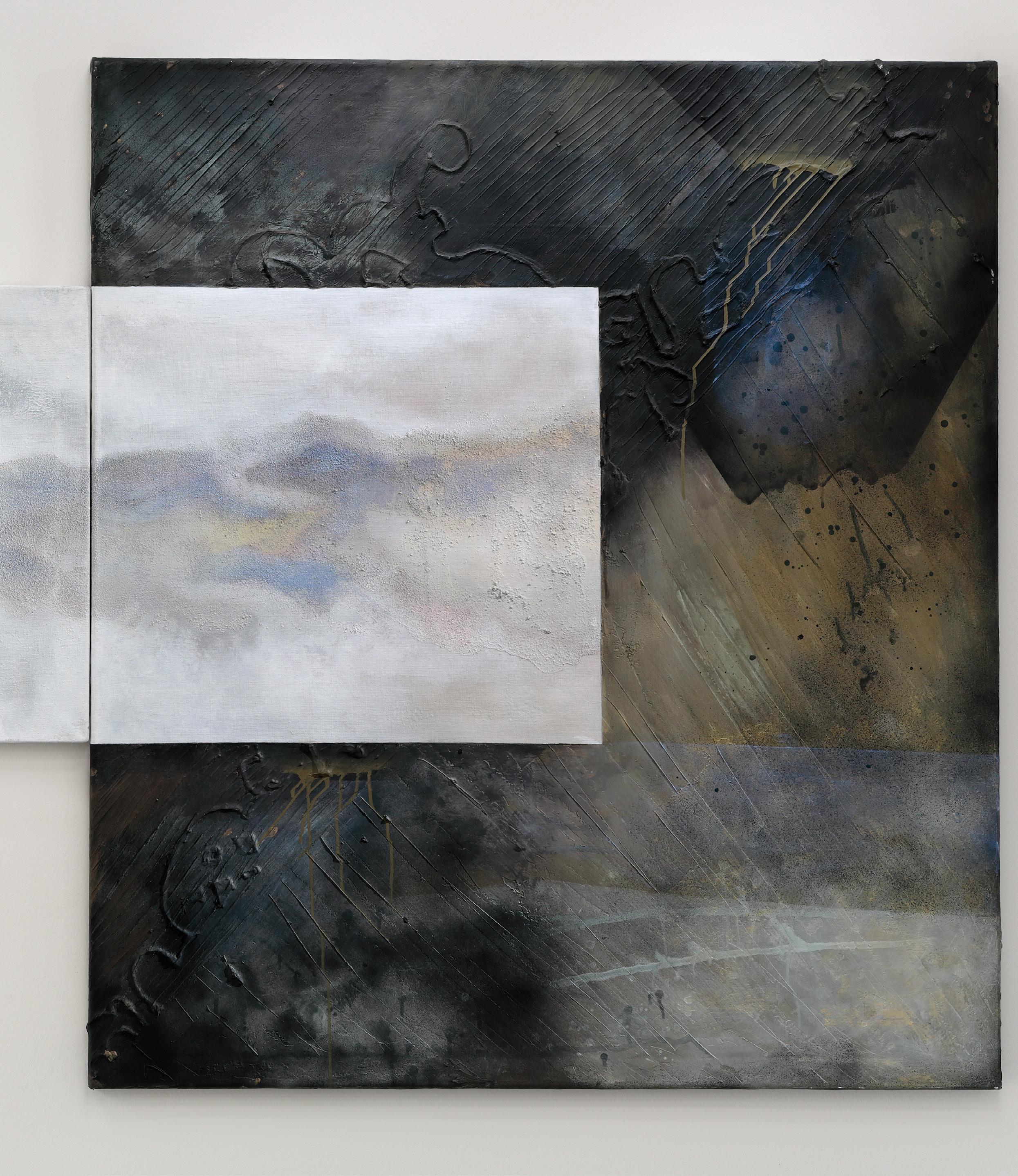
5 minute read
Artist in the Spotlight Veronika Drahotová
Veronika Drahotová, Concepts on Canvas
Memory Does Not Persist, It Exists
Advertisement
By Jacklyn Janeksela
One of the youngest students ever to matriculate at the prestigious Academy of Fine Arts in Prague, Veronika Drahotová has been artistically inclined from an early age. At the age of nine, Drahotová was not your typical young girl. While other girls her age might have played with dolls or had tea parties, she had already proven herself to be an extraordinary child. “I painted a rather large mural on the back of our building, which made me feel quite satisfied,” she says. Whether her mural was intentionally rebellious or not, it’s pretty obvious that Drahotová was destined to be an artist of epic proportions.
Her willingness to shake things up hasn’t stopped. A visual artist who incorporates photography, video, and installation into her work, she primarily calls herself a painter. While she prefers that title, she knows in painting there are impediments. She explains, “The one thing that has always bothered me about painting, though, is that it has formal limits; a square or rectangle, the format is a limitation in itself.” A way to bring about change is to be the change. And that’s exactly what Drahotová did. “I have been developing a new system that seeks to get around these limits and push past classical definitions.”

The creator of the term Architectonic (two or more canvases in a single painting that can be arranged in several predetermined ways to reveal different compositions), Drahotová explores more than paint on canvas. She delves into perception as its own medium in the art world, explaining that “by rotating them and interchanging I can change the narrative of the painting.” The foundation of her Architectonic theory revolves around painting in motion rather than being static and fixed. How many shapes or interpretations does paint on canvas have? The answer may not be clear, but one thing is obvious – Drahotová dwells in the centre of this question.
Turning the world upside down by disrupting both painting and viewer, Drahotová proffers a novel art experience, one that allows the artist to play with perception and position. And in doing so, the art experience expands. Now, one painting can be viewed in a plethora of ways which also alters the way viewers experience art. Much like the world around us, constantly shifting, Drahotová speaks to a larger issue where flux is a part of our existence. Knowing that nothing is as it seems, we are faced with another truth, by evolving perceptions.

When asked about her early memories as an artist, Drahotová responds, “Aren't they wicked and playful!” Her question on whether we can actually trust them is valid. She continues, “Science says that they might not be as reliable as we think, but from what I remember from a very early age, I am coming from an artistic background.” Memories dwell in a sphere of darkness, much like the Czech underground where Drahotová spent much of her youth.
Drahotová’s “Mass Memory” is fascinating, a vision of conscious and subconscious exploration on canvas. What surfaces in the darkness of memory is an entanglement of shapes and colours left to interpretation, as if Kandinsky’s thought forms have slipped into a memory not yet recognised. How does one view memory in the present moment and not bring some version of the past that may or may not distort and alter the present moment, the paintbrush in hand, the execution of shapes on canvas? Drahotová may have the answer as she layers themes and motifs that coexist in realms of psychology, spirituality, and science.
Rather versatile as human being and artist, Drahotová says that she could picture herself being “almost anything” and in the process of imagining lists the following as potential life pursuits, “I could be a cook, archeologist, I could be in production, I could work with animals or in a library. I easily see myself joining the circus.” With the heart of an explorer, she is confident and fearless in the various versions of herself.

Travelling into spaces of imaginative conscious and subconscious existence to collect the inspiration for her work, Drahotová has been asked how she does it, “Many times people ask me and many times I really tried hard to think about it in order to give some satisfying answer. It keeps pouring from all directions, observations, associations, smells, emotions, fears, happiness, beauty, music, my kids, my dog, my friends, my love, my beliefs, my lies, my pains. Everything is a source.”
The artist does not only paint, the artist ponders. Drahotová provides her thoughts on the interconnectedness between memory and time, one of her favourite “evergreen” topics, “They are deceiving us, they are protecting us, they are warning us. We spend a lot of time drifting through the past, through ‘our’ memories.”
So from memory she moves into time, “Choices are different according to what point in life we are making them, we make different choices when we are 15, different when 40, and so on. So my next task was ‘time’.” Time raises the issue of mortality, which is the crux of Drahotová’s series Until the End of Time.
Embedded throughout her work, choice makes its debut in her series Sugar Choice. She posits the question, “Do we have a free choice or we just think that we do?” And answers, “Our choices are predetermined by many factors. We might not be so free, we might be in a way ‘pre-programmed’.”














